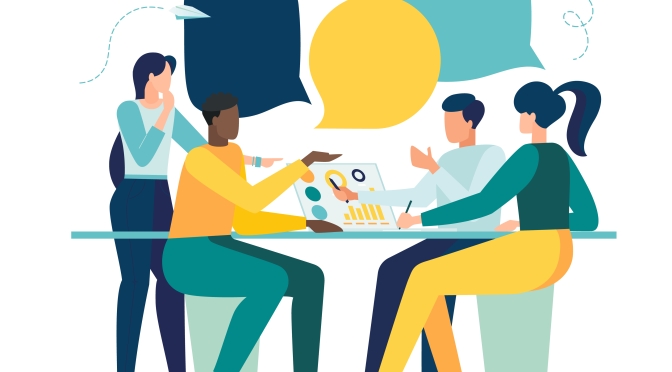In recent times, EdTech has been gaining prominence at a rapid pace. It has found its place in classrooms of various scales, ranging from schools to universities. In short, EdTech has revolutionized education by bringing about some much-needed changes. Online classes are one of the results of the growth of EdTech. However, EdTech has also gained popularity in physical classrooms as a means of promoting immersive learning.
What is EdTech?
EdTech is a blend of sophisticated technologies and the academic sector. It is a rather vast field consisting of digital classes, e-learning, audio-visual classrooms, and other technologies. The integration of such technologies makes learning much easier and effective. In the past, only a few leading institutions used to try out sophisticated EdTech solutions. Now, however, EdTech has become relatively mainstream.
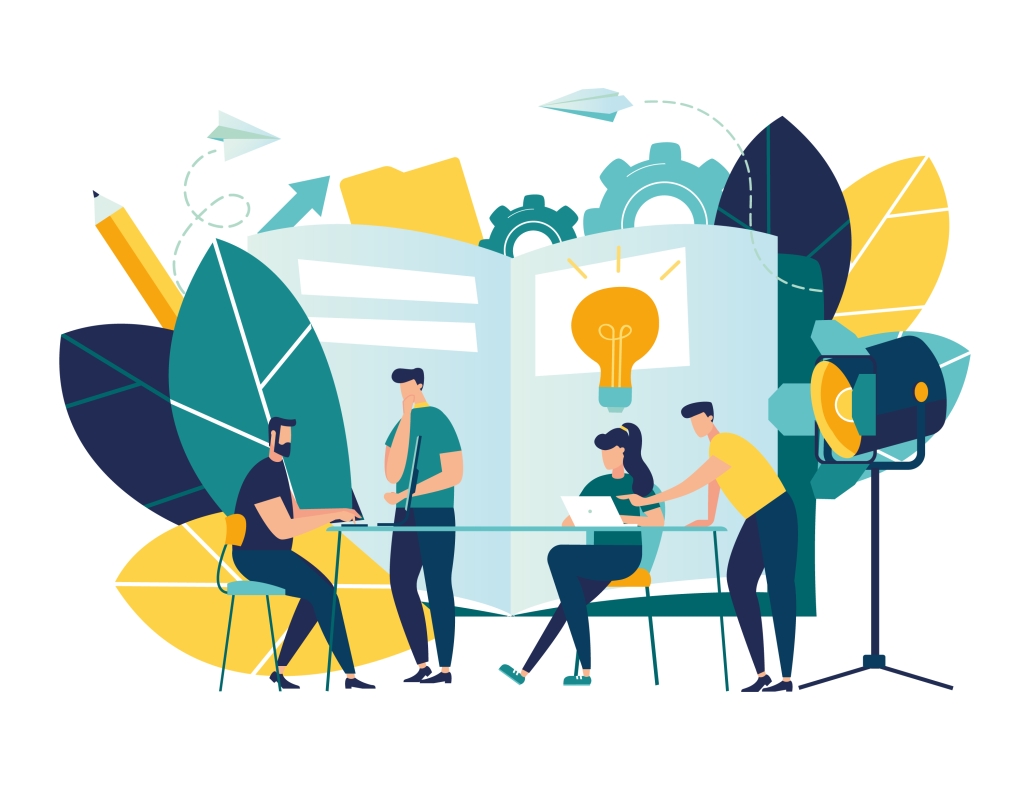
How is EdTech helping in making learning more immersive?
It is quite a known fact that students often find education to be boring. When it becomes immersive, the learners naturally find it to be more interesting. Here are some of the ways in which EdTech improves learning:
- Gamification
Gamification is one of the most popular features of EdTech, especially for children. The integration of game mechanics in learning makes it fun. There are various types of custom educational software that provide the students with resources in a more engaging manner.
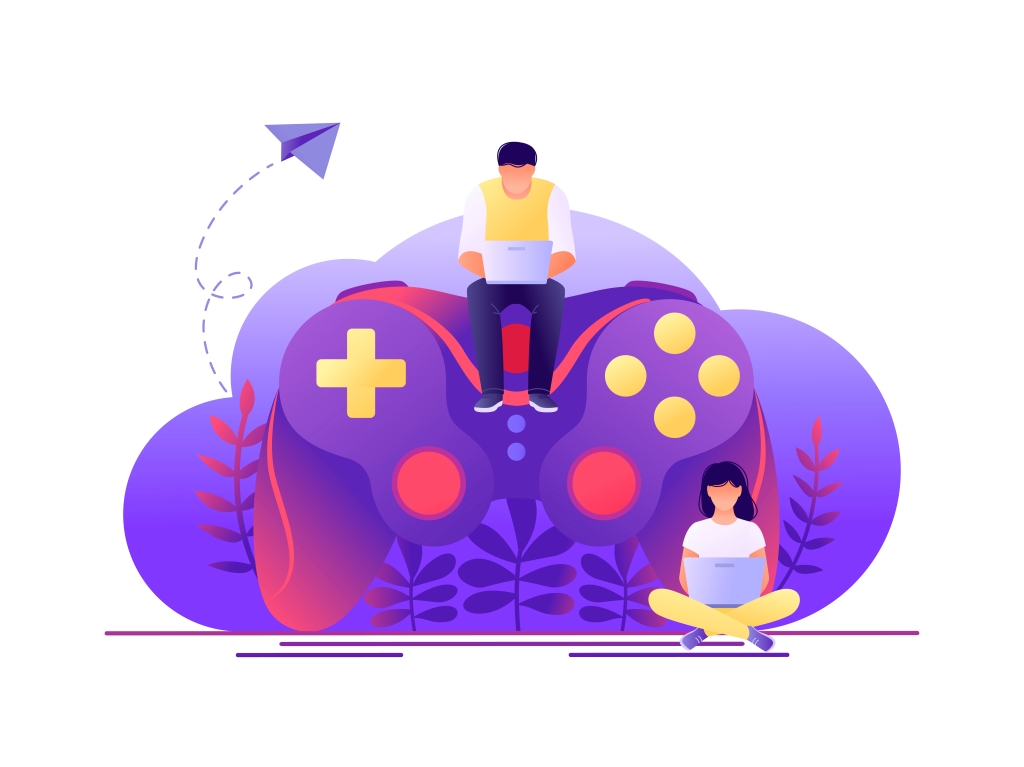
- Resources
Students can now learn from eBooks, online platforms, and educational videos. Academic institutions are implementing EdTech to provide learners with better resources. This makes the learning process much richer.
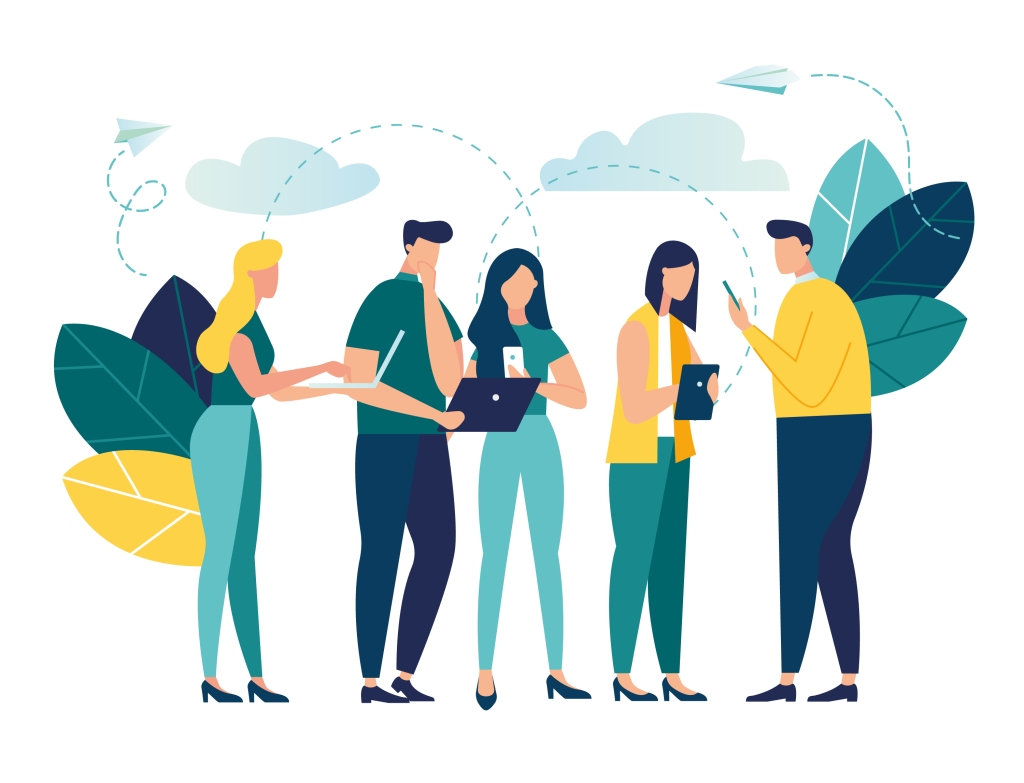
- Collaboration
EdTech adds collaboration capabilities to the educational field. Learners can easily connect with others around the globe to share knowledge. Discussion forums are a prime example. Video conferencing solutions have made virtual classrooms a reality too. Moreover, student teams working on projects can easily coordinate and collaborate online.
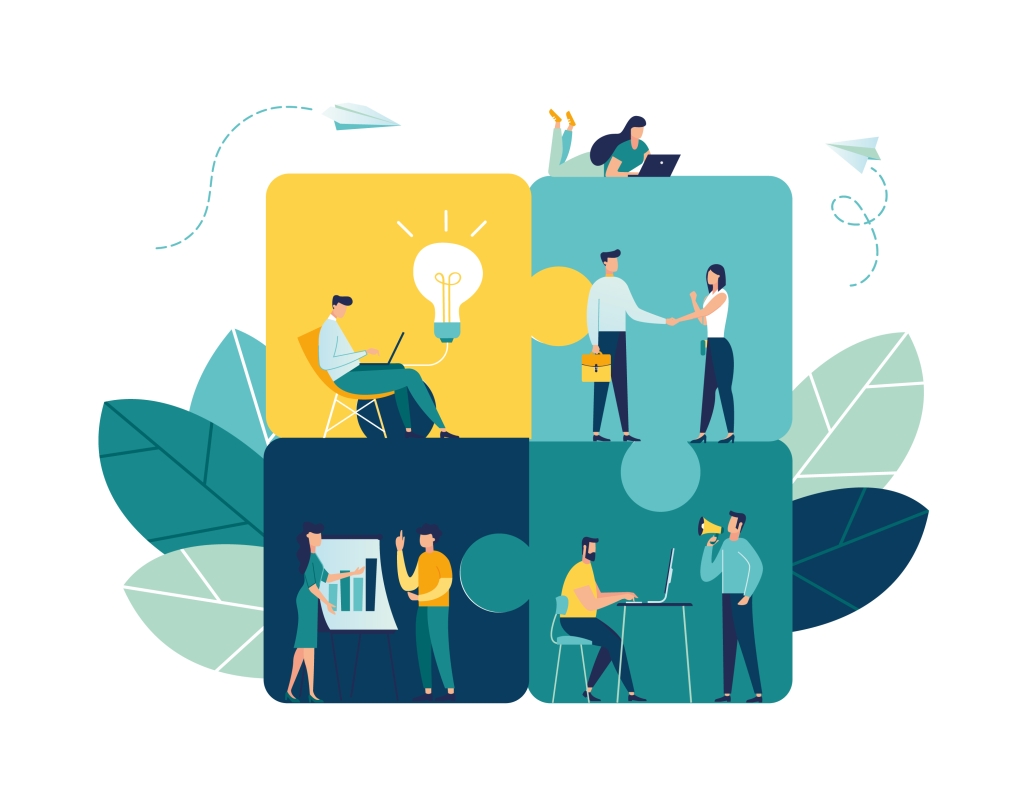
- Better job-readiness
One of the most popular drawbacks of conventional education is that it is outdated in nature. It does not prepare students for modern-day jobs. However, EdTech helps to get over this issue. It accustoms the students to digital tools like electronic whiteboards, video calling, and emails. Moreover, online resources help the learners obtain up-to-date information.
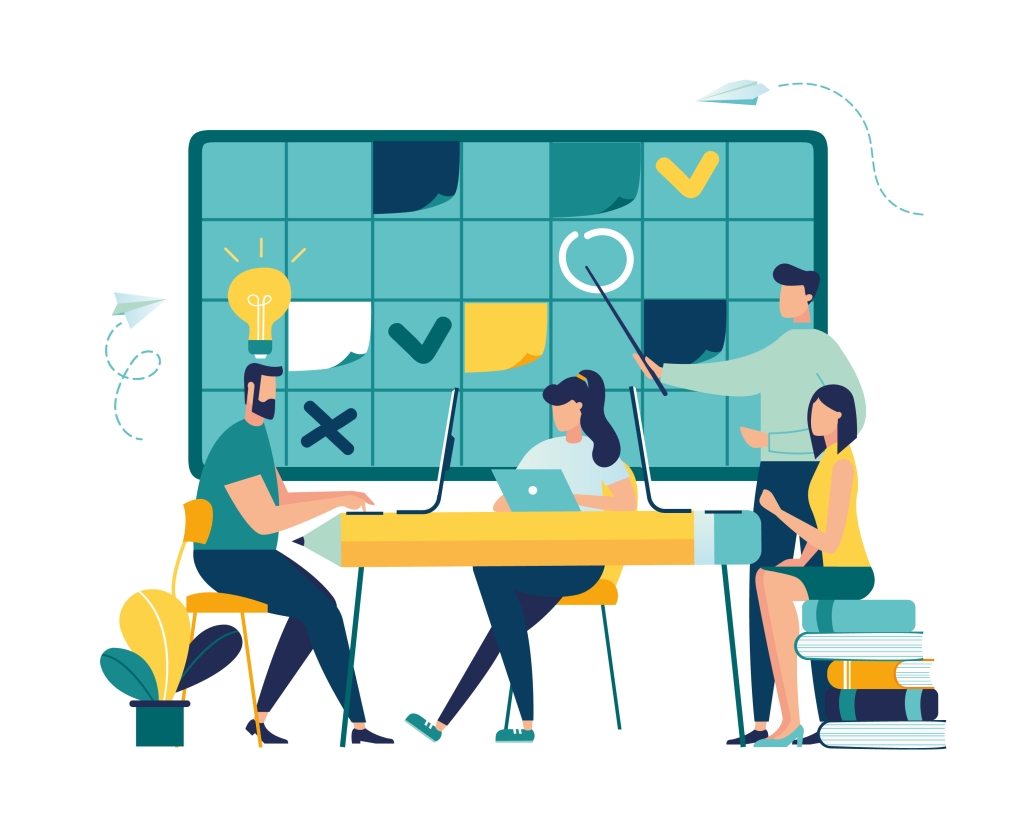
- Comprehensiveness
One of the key factors that make EdTech so immersive is its comprehensive nature. Unlike conventional education, modern education is no longer bookish. Instead, the students can learn from online videos and other resources. This helps to gain more practical knowledge. The significance of practical experience in today’s world makes EdTech a logical choice.

- Customized learning
EdTech helps to deliver customized education to each student. This is far more effective than conventional classrooms. A teacher offering the same knowledge at the same pace for all the students is not really effective. This is because every student is different. However, with EdTech, students may learn in a personalized manner and at their own pace.
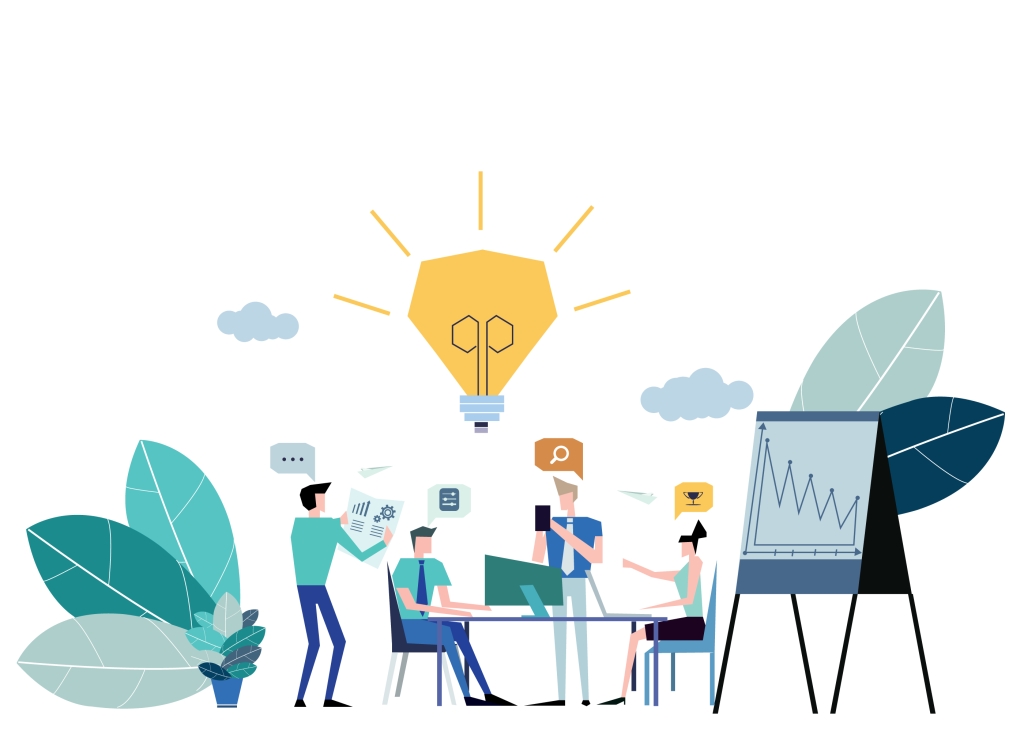
Popular immersive learning technologies
Newer immersive learning technologies are always in the making. These create digital environments to offer an immersive audio-visual experience. Three of the most popular immersive learning technologies are:
Virtual reality
Virtual reality is basically a computer-generated scenario that delivers an experience similar to real life. VR helps to make education immersive by making it easier to relate to. For instance, a student watching an educational video would find it to be engaging.
Augmented reality
This is a technology that places virtual objects in the environment around the learner. In this process, it creates a digital interface. It has typically been a popular technology in the field of entertainment. However, lately, AR has also found its place in education.
Mixed reality
Mixed reality is essentially a blend of VR and AR. The real-world environment is still a part of the digital environment, making the mixed-reality environment seem even more realistic.
Conclusion
These technologies are finding application in the academic sector at a growing pace. Their popularity is increasing among students and teachers alike. Virtual environments are also proving helpful in educating children who require special care.
It is unlikely that the trend of growing EdTech usage would die out any time soon. Essentially, it is helping the education sector evolve and meet the demands of the modern world.

